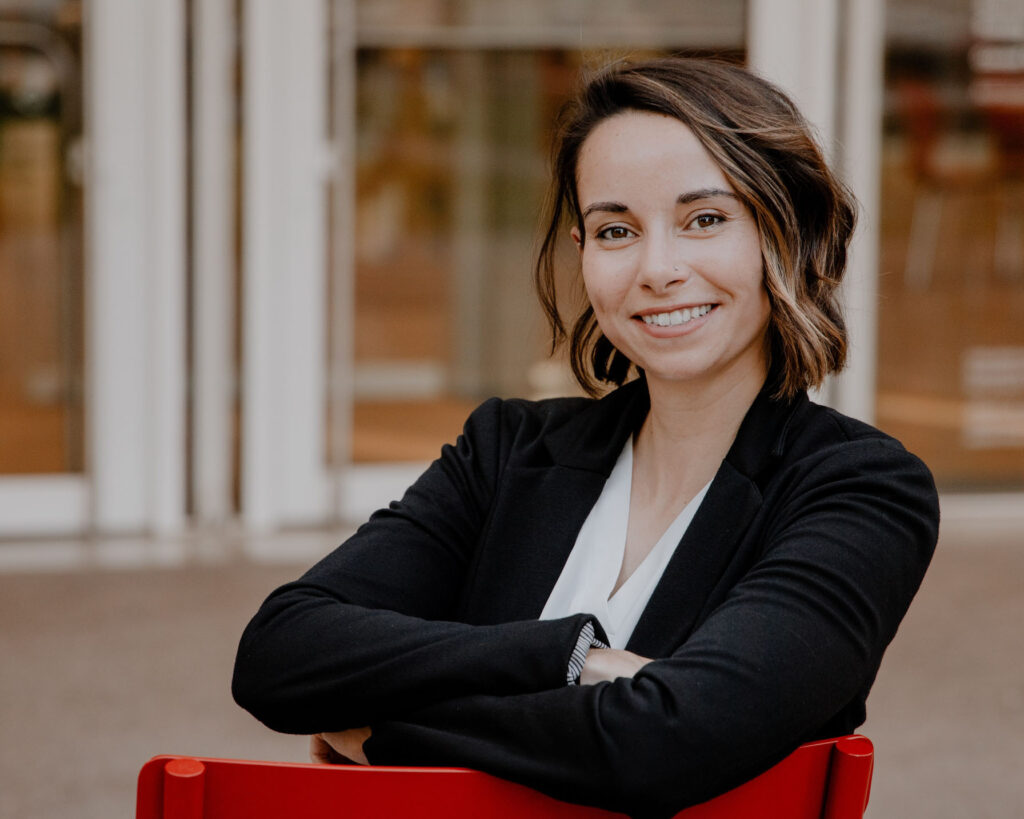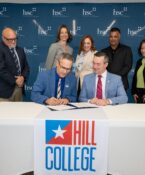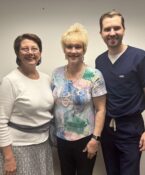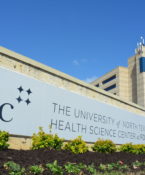SBS researchers publish innovative study in Nature Scientific Reports
- September 28, 2023
- By: Matt Havlik
- Research

People with leg amputations, including those with diabetes, run the risk of overuse injuries like osteoarthritis, muscle atrophy or bone breaks in their intact limbs.
Now, new research is quantifying the impacts of amputations and diabetes, a leading cause of amputation, on those overuse injuries. The findings could influence further research on musculoskeletal health and could eventually help improve rehabilitation techniques for people with leg amputation.
The findings, which were recently published in Nature Scientific Reports, were the results of a study conducted by a team of researchers at The University of North Texas Health Science Center at Fort Worth School of Biomedical Sciences, led by HSC Alumna Graci Finco, PhD, CPO.
“We looked at different musculoskeletal properties in anatomical donors that were indicators of overuse injuries like osteoarthritis and muscle atrophy — things that have shown to be prevalent in living people with amputations and diabetes,” Finco said.
“By doing that we were able to identify some different factors that were associated with overuse injuries in anatomical donors which could hopefully narrow the focus and help direct subsequent studies in living people.”
To conduct the innovative study, the team used the New Mexico Decedent Image Database at the University of New Mexico to examine and measure CT scans of people who had donated their bodies to science.
Finco, whose background is with living human research participants, says the team conceived of the project in the summer of 2021, when conducting research with living human subjects was limited due to the COVID-19 pandemic.
“At that time, we really didn’t know if we could ever return to human subjects-based research.” Finco said. “This idea sprang from the necessity of having to do a completely remote study.”
Using data from the NMDID allowed the team to work fully remotely throughout the project but had other advantages as well.
“We had initially started this work with HSC’s Willed Body Program, and NMDID let us access much more diverse data in a much shorter period of time,” said Rachel Menegaz, PhD, associate professor at HSC’s Center for Anatomical Sciences and co-author of the study.
“This is a unique dataset that let us ask interesting biomechanical questions about muscle and bone health and develop more informed questions for future human subjects-based research.”
The research team also included Menegaz; Wayne Ngo, Texas College of Osteopathic Medicine student, and Caitlyn Finnerty, who was an undergraduate student at The College of New Jersey during the study.
Finco says getting published in the widely cited journal, Nature Scientific Reports, was a gratifying outcome for a project that took years to complete under challenging circumstances.
“Seeing our interdisciplinary work in Nature Scientific Reports is so rewarding, and the result of everyone’s hard work on this study,” Finco said.
The research was also aided by the Summer Opportunities in Anatomy Research program, which is funded by the American Association for Anatomy and the National Science Foundation. The program provides undergraduate students the opportunity to gain research, education and outreach experience in the anatomical sciences. Finnerty worked on the project remotely from New Jersey as an intern through the SOAR program and was a co-first author on the study. She is now an MS student in Human Movement and Rehabilitation Sciences at Northeastern University.
Finco, who is a certified prosthetist and orthotist, completed her PhD at HSC in 2022 and was a postdoctoral associate in vascular surgery at Baylor College of Medicine in Houston. She is now a faculty instructor and continues her research to improve care for people with limb loss and limb difference.
Read the study in Nature Scientific Reports: Indications of musculoskeletal health in deceased male individuals with lower-limb amputations: comparison to non-amputee and diabetic controls






Social media